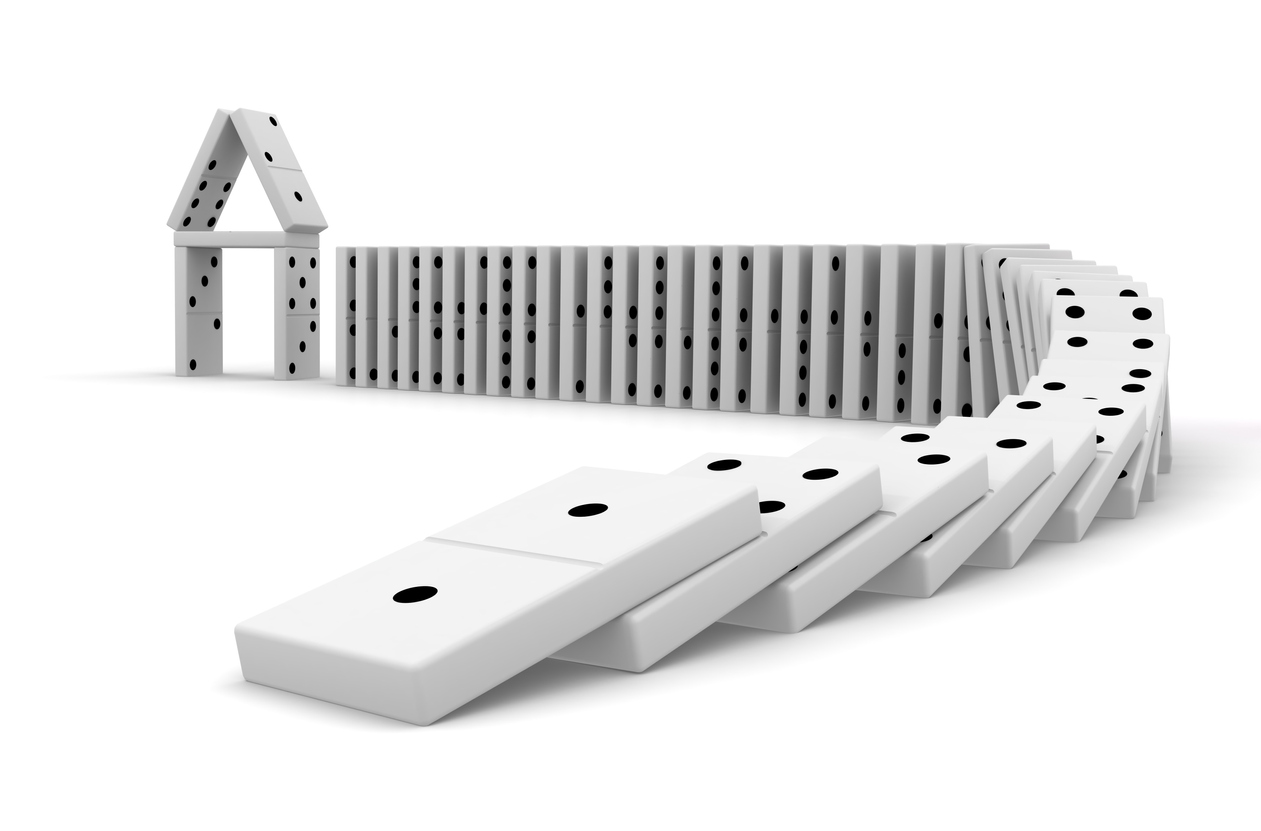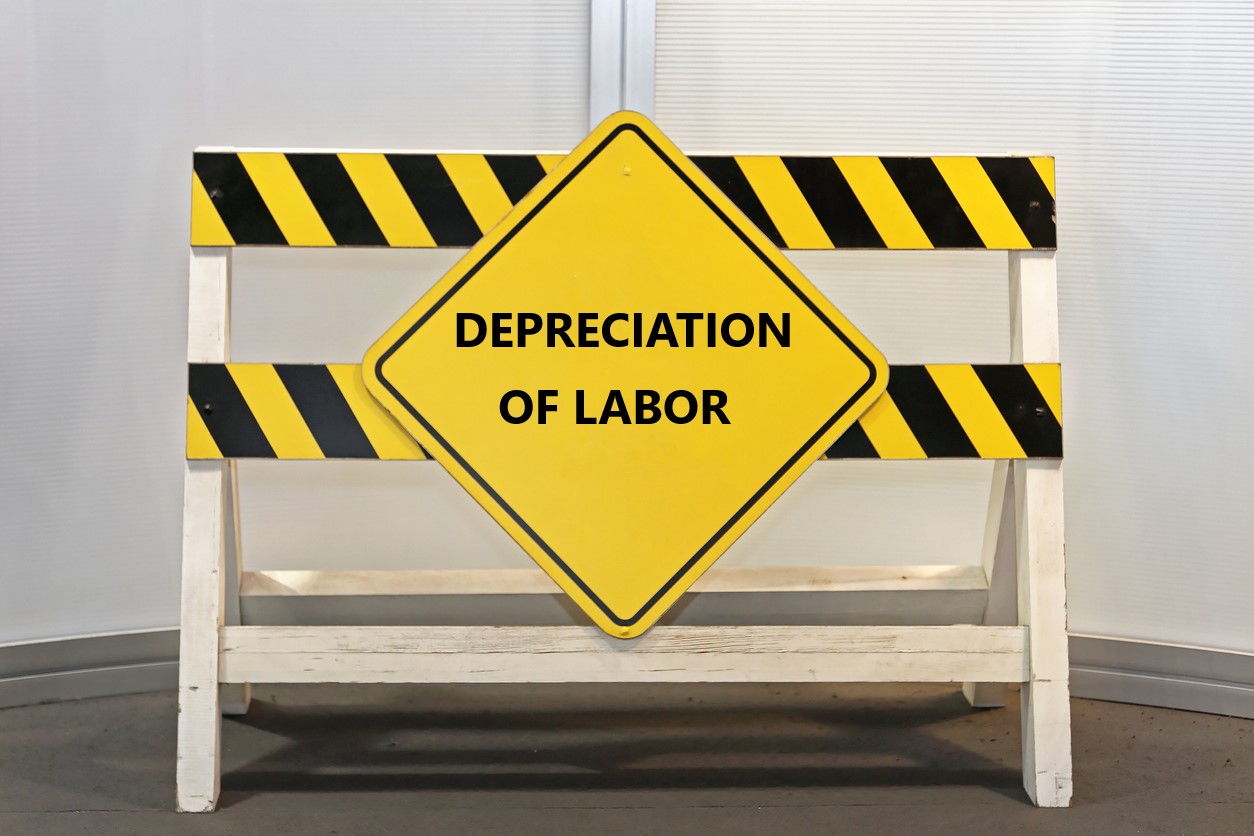Today’s deposition of Professor William Spelman starts a series of depositions in the Texas slab cases involving TWIA. Several weeks ago, policyholder attorneys, including myself, met in Galveston to organize a series of depositions and decide upon the work assignments for these cases. This will be the first of many depositions and discovery attempts by policyholder attorneys to gain additional recovery for those individuals who suffered the most devastation caused by Hurricane Ike.
In Slabbers Finally Learn How They All Have Exactly 11.2% Damage, I discussed how Dr. Spelman explained in another case his statistical methodology for determining how much damage occurred to structures that were obliterated by Hurricane Ike.
The “Reader’s Digest” version of what he did to calculate how each of the Bolivar Slabbers would be entitled to 11.2% was to perform a statistical regression analysis where three main variables were considered to provide a statistical expectancy that 95% of all residential Slabbers would fully be indemnified for wind only damage if TWIA paid 11.2% of the insured value of the structure. He was provided information and variables from 387 TWIA estimated claims of partial damage. After consultation with TWIA retained engineers, he considered 18 different variables from those claims, but found that only three of them had a significant impact upon the wind damage. Those three variables were:
- Whether the building use was residential or commercial.
- Whether the building was constructed before 2004.
- Whether the roof was placed on the structure before 1989.
He determined a “loss ratio” which he defined as the Actual Cash Value payment by TWIA on the partial damage buildings divided by the Insured Value. The average residential payment loss ratio was 9.8%. But, if TWIA paid 11.2%, he calculated that 95% of all Slabbers would statistically have their full indemnity on an actual cash value basis.
There is much to criticize with this work. Indeed, from what we have reviewed regarding the accuracy and low-balling of the TWIA estimates of partial damage, the entire population will have to be revised. We will provide more on the extent TWIA underpays wind damage claims on partial losses.
I expect that two of the many reasons to criticize his conclusions will be that TWIA has paid significantly more on partially damaged structures after policyholders retained public adjusters and that the most significantly damaged structures were not part of the population giving rise to his conclusions. In other words, the data on which he based his determination of 11.2% is fundamentally flawed and his numbers should be higher—assuming his methodology is valid.
To the extent permitted by the Court, we will make the deposition transcript available to the public. It would be interesting to hear others’ views on how TWIA handled the slab claims and on Spelman’s methodology in determining wind versus flood damage.



